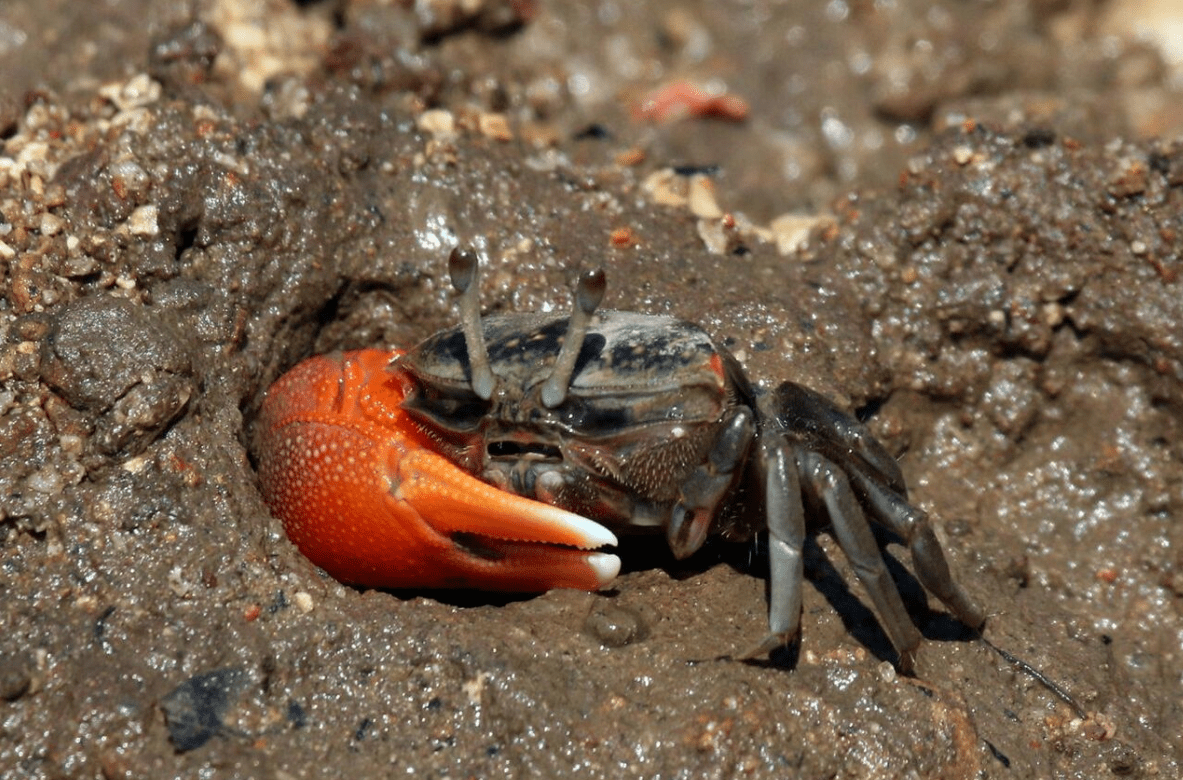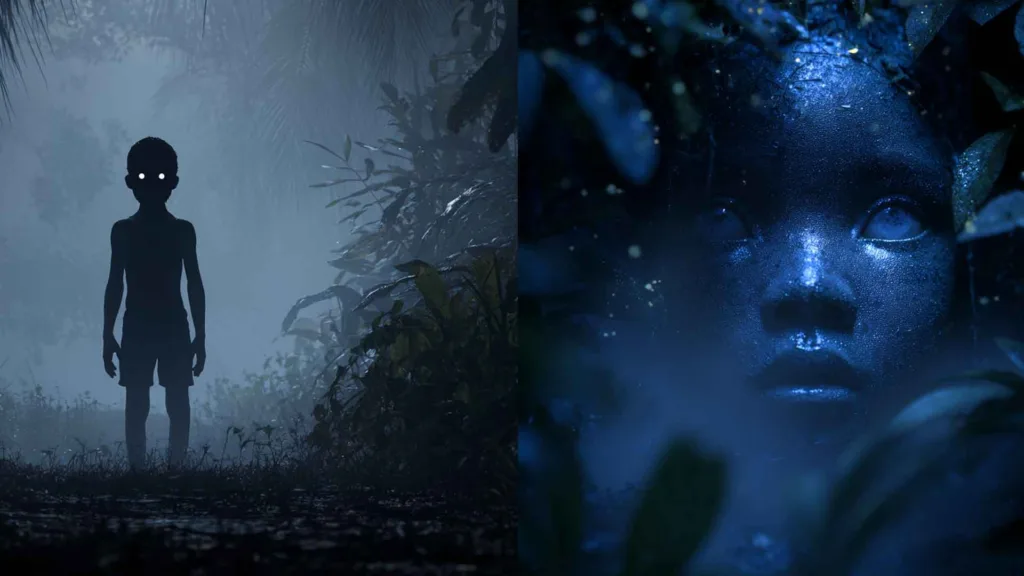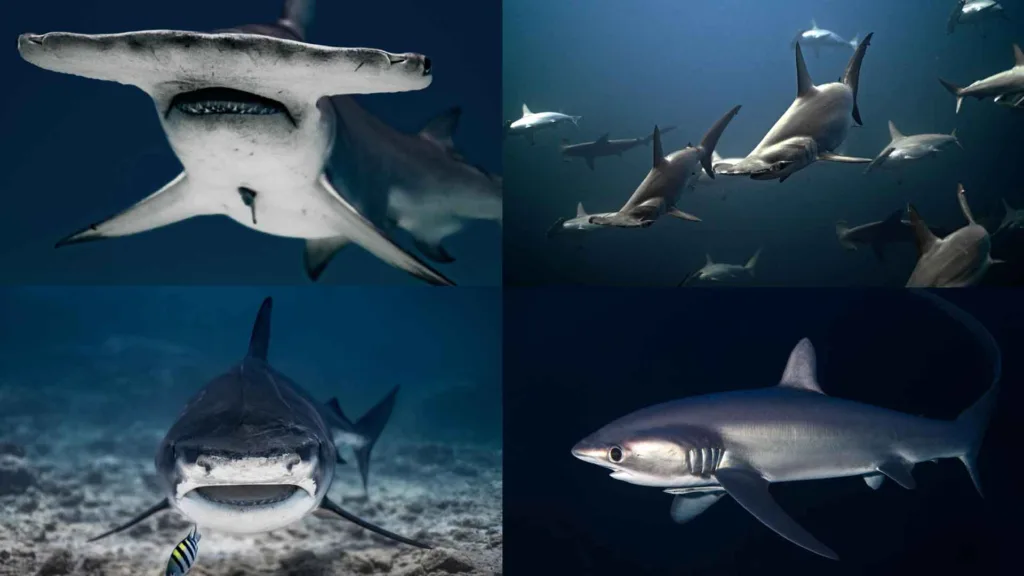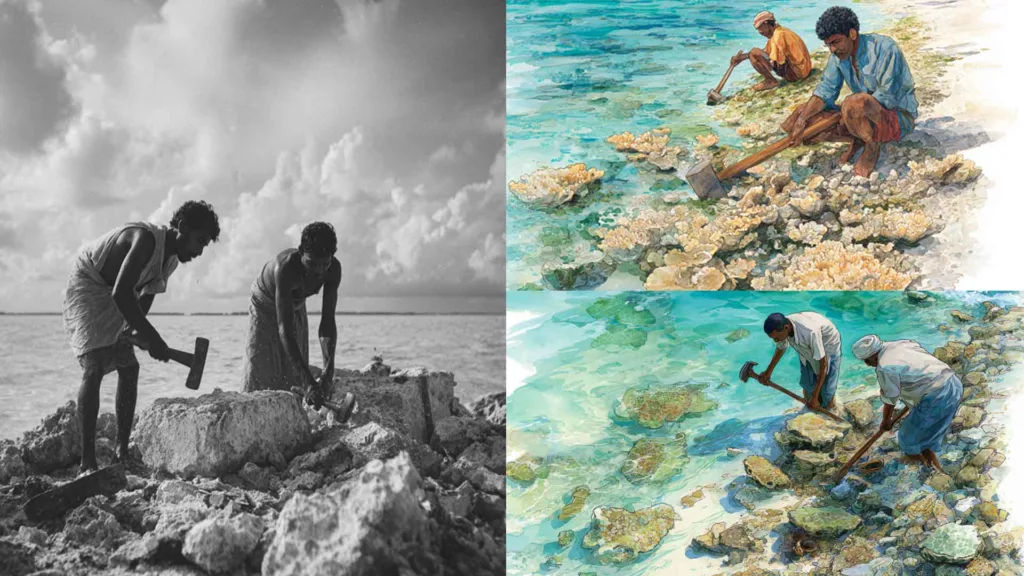Crabs are one of the most underappreciated species, playing a treasured role in the ecosystem. Crabs are an important species in the ecosystem that help in balancing the ecosystem. They play an important role in changing nutrients and burrowing activity in the soil.
Crabs are called allergenic engineers. Crabs can change the environment by transforming living material from one state to another (Nicholson, 2009). Crabs also help accelerate the microbial decay of leaves. Ecosystem engineering is a concept introduced by Johnes et al. (1994). He describes it as organisms that cause biologically mediated habitat modification. They modify, maintain, and create habitats. The crabs construct and maintain burrow structures in the mangrove.
Many crabs feed on live or dead animal tissue. They are nocturnal feeders, meaning they are active more at night. They hide under leaves and plants. Their defensive tactic is burrowing behavior to evade predators. In the Maldives, two of the most common crabs found are swift-footed crabs and fiddler crabs. I have written a separate article about swift-footed crabs. “Fiddler” is named because the male holds one claw, always much larger than the other, somewhat like a violin. Both claws in the female are relatively small. Claws can be regenerated in males if they are lost.
At least two types of mangrove crabs are found in mangrove swamps in the Maldives, and local islanders do not harvest them. Few people eat these crabs. Crabs are a vital part of the mangrove ecology, influencing both nutrient cycling and forest structure by the flow of water through crab holes. Mangrove crabs that are found in mangrove swamps are a vital part of the mangrove ecology.
Embedding of Instagram page permission granted by mai.jameel




